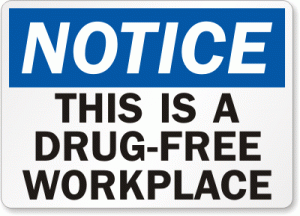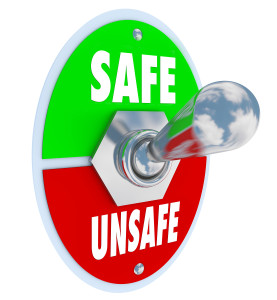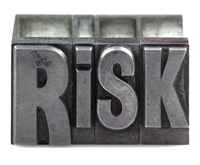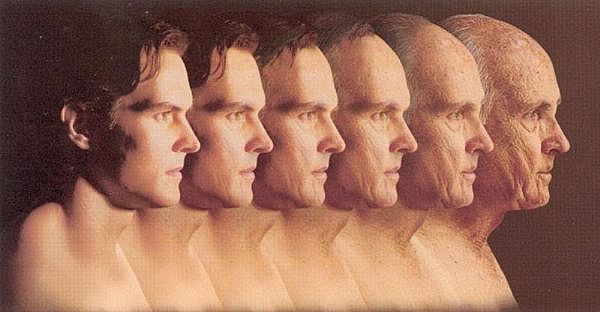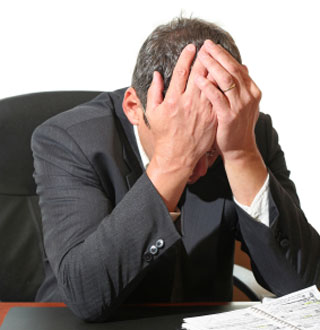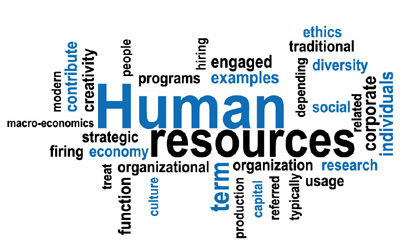 Stress sets off an alarm in the brain, which responds by preparing the body for defensive action. The nervous system is aroused and hormones are released to sharpen the senses, quicken the pulse, deepen respiration, and tense the muscles. This response (sometimes called the fight or flight response) is important because it helps us defend against threatening situations. The response is preprogrammed biologically. Everyone responds in much the same way, regardless of whether the stressful situation is at work or home.
Stress sets off an alarm in the brain, which responds by preparing the body for defensive action. The nervous system is aroused and hormones are released to sharpen the senses, quicken the pulse, deepen respiration, and tense the muscles. This response (sometimes called the fight or flight response) is important because it helps us defend against threatening situations. The response is preprogrammed biologically. Everyone responds in much the same way, regardless of whether the stressful situation is at work or home.
Short-lived or infrequent episodes of stress pose little risk. But when stressful situations go unresolved, the body is kept in a constant state of activation, which increases the rate of wear and tear to biological systems. Ultimately, fatigue or damage results, and the ability of the body to repair and defend itself can become seriously compromised. As a result, the risk of injury or disease escalates.
In the past 20 years, many studies have looked at the relationship between job stress and a variety of ailments. Mood and sleep disturbances, upset stomach and headache, and disturbed relationships with family and friends are examples of stress-related problems that are quick to develop and are commonly seen in these studies. These early signs of job stress are usually easy to recognize. But the effects of job stress on chronic diseases are more difficult to see because chronic diseases take a long time to develop and can be influenced by many factors other than stress. Nonetheless, evidence is rapidly accumulating to suggest that stress plays an important role in several types of chronic health problems-especially cardiovascular disease, musculoskeletal disorders, and psychological disorders.
Health care expenditures are nearly 50% greater for workers who report high levels of stress.
-Journal of Occupational and Environmental Medicine
via CDC – NIOSH Publications and Products – STRESS…At Work (99-101).
 It is widely accepted that lifestyle choices such as poor eating habits, smoking, alcohol and drug use are key medical cost drivers. Simply put, healthier people are less likely to have a Workers’ Comp claim and will recover more quickly when they do. A 2009 study in the Journal of Occupational Medicine noted, “…targeted workplace interventions may provide opportunities to reduce not only the risk of disease associated with working conditions but also the risk of workplace injury.” If a wellness program identifies medical risks, teaches employees how to manage their risks and keeps them on track, Workers’ Comp savings will follow.
It is widely accepted that lifestyle choices such as poor eating habits, smoking, alcohol and drug use are key medical cost drivers. Simply put, healthier people are less likely to have a Workers’ Comp claim and will recover more quickly when they do. A 2009 study in the Journal of Occupational Medicine noted, “…targeted workplace interventions may provide opportunities to reduce not only the risk of disease associated with working conditions but also the risk of workplace injury.” If a wellness program identifies medical risks, teaches employees how to manage their risks and keeps them on track, Workers’ Comp savings will follow.

